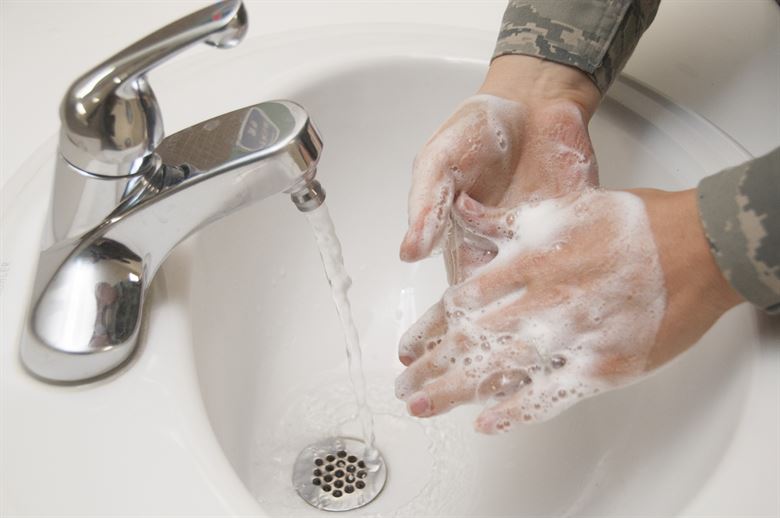Cleanliness has been talked about in the past few months like never before. With an invisible enemy to guard ourselves against, all possible surfaces are being cleaned and scrubbed with a hope that the virus has been destroyed. With this has come an overuse of cleaning products and other chemicals that support home care.
However, this comes with a catch. Products are often manufactured using and including chemicals which have high levels of intrinsic toxicity. Compounded with the fact that there is a high level of ignorance among common people about the hazards posed by chemicals, extremely poisonous chemicals often unknowingly enter homes and are randomly used.
So what are Toxic Chemicals? By definition, “a toxic chemical is any chemical which, through its chemical action on life processes, can cause death, temporary incapacitation, or permanent harm to humans or animals. This includes all such chemicals, regardless of their origin or of their method of production, and regardless of whether they are produced in facilities, in munitions or elsewhere”. If we observe the common social psychology, it can be seen that concerns relating to product misuse are easily ignored, usually because the harmful effects are not obvious and often not immediate. But the fact remains that many products which are even used at home contain poisonous chemicals, and some representative examples are given in the table below.
Table: Toxic Chemicals Commonly used in homes
| Substance | May contain Toxic Chemicals such as: | Harmful Effects |
| Detergent | Sodium Lauryl Sulfate (SLS) | Skin irritation to organ toxicity to even cancer |
| Nonylphenol Ethoxylate (NPE) | May cause liver and kidney damage. Biodegradable, but biodegrades into more toxic substances. | |
| Optical brighteners | Can be toxic to fish and cause allergic reactions in humans | |
| Phosphates | Used to prevent dirt from settling back into clothes after being washed. Can stimulate growth of marine plants that trigger unbalanced ecosystems. | |
| Floor and Furniture polish
|
Petroleum distillates | Associated with skin and lung cancer; irritant to skin, eyes, nose, lungs; entry into lungs may cause fatal pulmonary edema |
| Paints | Aromatic hydrocarbon thinners; Mineral spirits; Lead |
Flammable; skin irritant; benzene is a carcinogen; possible liver, and kidney damage
Damage to digestive, genitourinary, neuro-muscular and central nervous system; anemia and brain damage |
| Various cleaning products for glass, wood, metal, ovens, toilets, and drains | Diethylene glycol Ammonia | Toxic; causes central nervous system depression and degenerative lesions in liver and kidneys
Vapor irritating to eyes; respiratory tract and skin; possible chronic irritation |
| Air fresheners and deodorizers | Formaldehyde | Toxic; carcinogen; irritant to eyes, nose, throat and skin; may cause nausea, headaches, nose bleeds, dizziness, memory loss, and shortness of breath |
The problem that is faced is that while it may or may not be known that many household products contain toxic chemicals but it is also a reality that these products cannot be entirely done away with. Therefore what becomes essential is to educate the public regarding the risks involved in using certain products, thereby reducing their excessive and often unnecessary use.
It is also important to develop and revive the traditional processes and products. In the present scenario it may seem like these products are not effective enough and are often prohibitively expensive thereby reducing their commercial potential. This however is not always the case. There are easy, environmentally benign alternatives available for certain existing products.
Even for those who do not have an access to traditional sources of information, the internet provides very interesting and important alternatives to the use of commercial products. For example, very effective floor and furniture polish can be made out of natural ingredients like bee wax polish; vinegar, etc. Again, air fresheners can be made by using common essential oils such as lemon oil which has antidepressant properties and orange oil which relaxes and rejuvenates, and many others.
Based on an earlier article: Toxicity Of Chemicals Used In Everyday Life – An Understanding, Upasana B. Sinha and Kaza Somasekhara Rao, Journal of Applicable Chemistry, 2(5), 1382-1384, 2013.

